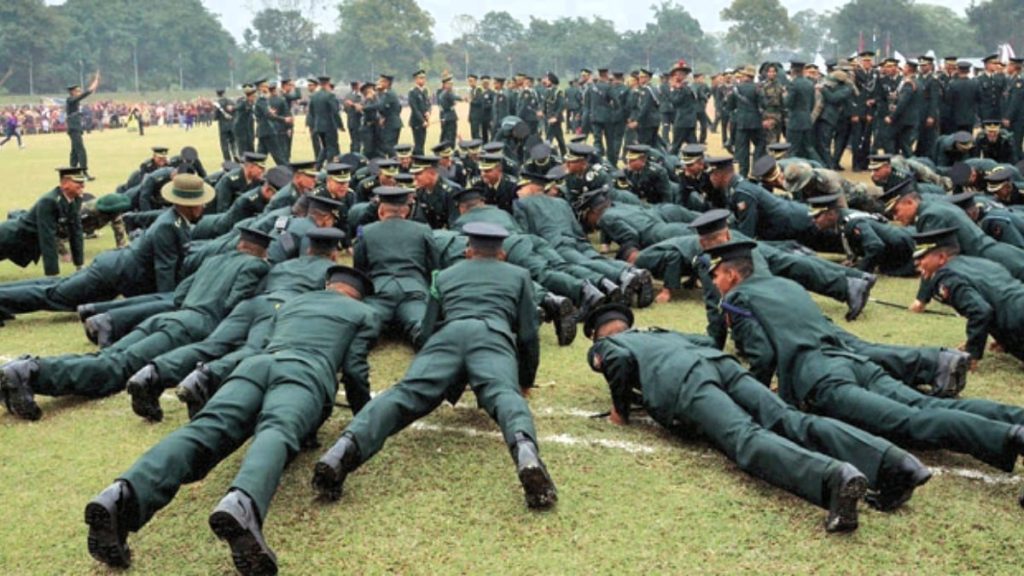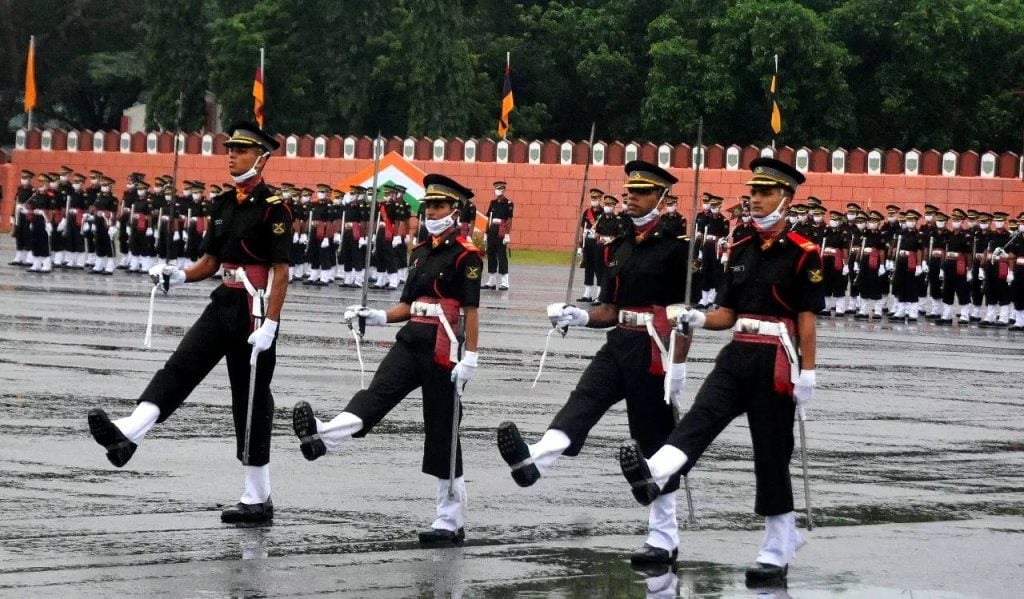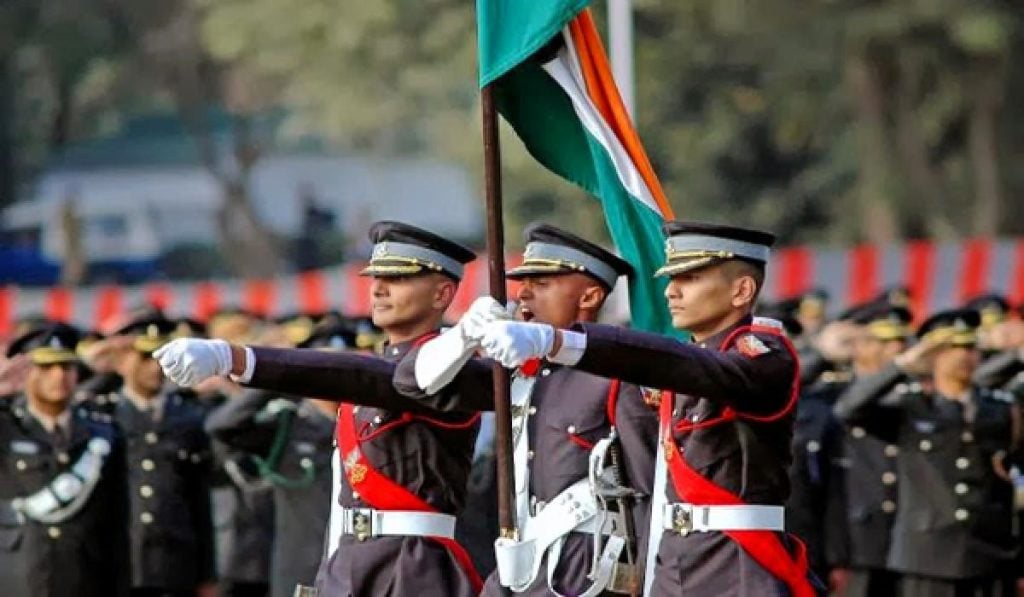For aspirants gearing up for the Combined Defence Services (CDS) examination, mastering various aspects of India’s socio-economic and geographical landscape is pivotal. Among these, the Indian monsoon emerges as a significant factor, profoundly impacting the nation’s defense strategies, operational planning, and overall security architecture. Recognizing the importance of the Indian monsoon is not just a matter of academic interest but a foundational element for CDS aspirants striving for a comprehensive understanding of India’s defense dynamics.
Strategic Geopolitical Implications:
India’s strategic location, bordered by both the Indian Ocean and the Himalayas, renders it highly vulnerable to geopolitical influences. The Indian monsoon plays a crucial role in shaping regional dynamics, especially concerning maritime security and Himalayan geopolitics. Understanding the seasonal patterns of the monsoon aids in analyzing the strategic importance of naval chokepoints, such as the Malacca Strait and the Strait of Hormuz, which are vital for maritime trade and security. Moreover, the monsoon’s impact on the Himalayan region influences border security, transboundary river management, and the geopolitical dynamics with neighboring countries like China and Pakistan. CDS aspirants must grasp these geopolitical intricacies to navigate the complexities of national defense and security policies effectively.
Operational Preparedness:
Military operations and readiness are profoundly influenced by weather conditions, with the Indian monsoon presenting unique challenges. In regions like the Northeast, where rugged terrain and dense forests intersect, the monsoon exacerbates logistical challenges and affects troop movements. Similarly, in coastal areas, naval operations face increased risks during the monsoon season due to rough seas and inclement weather. Moreover, the Indian Armed Forces conduct large-scale training exercises throughout the year, and understanding the monsoon’s impact on these exercises is crucial for operational preparedness. CDS aspirants must acquaint themselves with the nuances of monsoon-induced operational constraints to devise effective military strategies and responses.
Border Security and Surveillance:
India’s extensive land and maritime borders require constant vigilance, especially during adverse weather conditions like the monsoon. The porous nature of certain border regions, coupled with rugged terrain and limited infrastructure, poses challenges for border security personnel. During the monsoon season, heightened river flow and dense vegetation further complicate surveillance efforts along the borders. CDS aspirants aspiring for roles in border security and surveillance agencies must comprehend the monsoon’s influence on border management strategies, including the deployment of technology and personnel to ensure effective monitoring and deterrence.
Disaster Management and Humanitarian Assistance:
The Indian monsoon is not only a strategic consideration for defense planning but also a humanitarian concern, given its potential for causing natural disasters such as floods, landslides, and cyclones. The Armed Forces play a pivotal role in disaster response and humanitarian assistance during such calamities, providing relief operations, medical aid, and evacuation assistance to affected populations. CDS aspirants should appreciate the dual role of the military in both defense and disaster management, understanding how the monsoon season amplifies the need for preparedness and rapid response capabilities.
Environmental Security and Climate Resilience:
As climate change accelerates, the Indian monsoon’s behavior becomes increasingly unpredictable, posing challenges for defense planners and environmental security experts. Rising sea levels, changing precipitation patterns, and extreme weather events threaten coastal security infrastructure and military installations. CDS aspirants must advocate for climate-resilient defense strategies and infrastructure to mitigate the impacts of environmental degradation and ensure long-term national security.
Conclusion:
In conclusion, the Indian monsoon emerges as a central theme in the strategic calculus of defense planning, operational readiness, and national security. For CDS aspirants, understanding the multifaceted implications of the monsoon is essential for developing a nuanced perspective on defense dynamics and strategic challenges. By recognizing the interplay between weather patterns, geopolitical considerations, and operational requirements, future defense leaders can contribute effectively to safeguarding India’s interests and ensuring regional stability amidst evolving climatic realities.
















